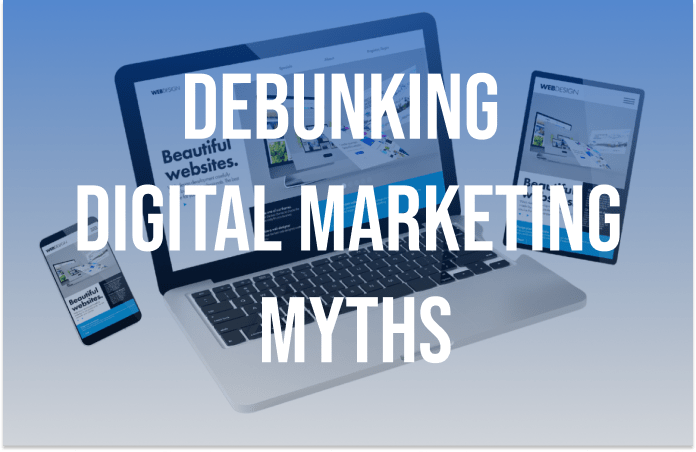The definition of “Brand” has changed dramatically over time. Originally, the term referred to the practice of leaving a mark on something to indicate ownership. It later evolved to include marks or stigmas placed on convicts or those involved in gangs. Italians began using unique watermarks on paper as early as the 1200s. This was possibly the beginning of the definition of branding that the majority of us think of today.
The American Marketing Association defines this type of branding as a “name, term, design, symbol, or any other feature that distinguishes one seller’s goods or service from those of other sellers.” Branding evolved to include the term “trademark” in the 1900s. It was further succeeded by print media and radio branding, before TV commercials became a reality. In today’s world, branding has evolved to be a completely different ball game altogether. Let’s deep dive into how branding has evolved over the course of time.

The Era of (Real) Brands
When the use of branding property came up, it sparked a long debate. However, using unique designs to brand cattle and other livestock was very common in the 16th and 17th centuries.
These brands were physical markers that told anyone who saw them who owned the animal. Unique in many ways, brands were similar to early logos, in which they were easily identifiable.
People gradually realised that these types of brands could be used for more than just claiming ownership — they could also be used to associate a product with a company.

The Era of Trademarks
During the Industrial Revolution, the evolution of branding entered a new phase. Factory manufacturing was a thriving business at the time; however, factory-produced goods were not initially as trusted as those made and sold by local sellers. To sway buyers away from purchasing products from local suppliers, factory owners learned to build product-consumer relationships by promoting their products in a familiar way and earning brand loyalty within the household.
Brands, such as Coca-Cola, Kellogg’s cereal, and Campbell soup, simply represented specific products. Because of the circumstances (lack of regulated standards such as quality control), buyers found it relatively easy to distinguish superior goods from inferior ones.
Successful businesses demonstrated that their products were of high quality and superior to those of their competitors. Many products were also new or recently invented (for example, soda pop and the convenience of canned soup), which provided companies with what is known as a unique selling proposition (USP).
Companies began using trademarks in the 1870s to gain brand recognition and demonstrate ownership. From logos to colours to symbols to slogans, brands could legally register their brand identity and claim it as intellectual property.
Trademarks enabled brands to protect their integrity and deter copycats. Bass & Co.’s Pale Ale, was one of the first registered trademarks in the United States.

The Era of Radio and TV
Brands had a new, exciting way to connect with more consumers than ever before with the invention of the radio in 1896 and television in the 1920s.
With this new medium came an auditory angle — jingles and slogans that became embedded in consumers’ minds and increased brand awareness.
Branding was given new life by radio and television. You could now do more than just see brands; you could also hear them! It was a full-fledged branding experience!
Radio and television advertisements were game changers for branding because they allowed companies to come directly into consumers’ homes and provide a multi-sensory experience.
The first television, by Bulova Watches, commercial aired in 1941. Even though only a few thousand people saw it, it signalled the beginning of a new era of branding possibilities.

The Digital Era of Branding
Branding should evolve in tandem with the digital world. Your business will remain relevant and appealing to your target market if you regularly research trends and how to best portray your brand.
The digital era has altered branding in numerous ways. Many businesses now use online advertising and marketing to share their stories with customers and build their brand. There is, however, much more competition out there, and it can be difficult for a company to develop a compelling, standout brand identity.
Social media has enabled us to communicate directly with the brands we use every day. The audience can challenge, question, and gain a more accurate picture of the company. There are no longer “gatekeepers” who control who speaks and what is said. As a brand, you no longer need a large budget to get your message heard thanks to social media.
Branding has evolved from the sale of a product to the sale of values and beliefs because the audience has evolved. The majority of brands have moved away from purely descriptive content and toward more interactive, information-based, and versatile content.
Businesses that adapt to the changing digital landscape the fastest are more likely to thrive. Keep up with the pace of the ever-growing world of brands with Antriksh and check out our branding packages. Get in touch with us for a free consultation on how we can add value to your brand.





